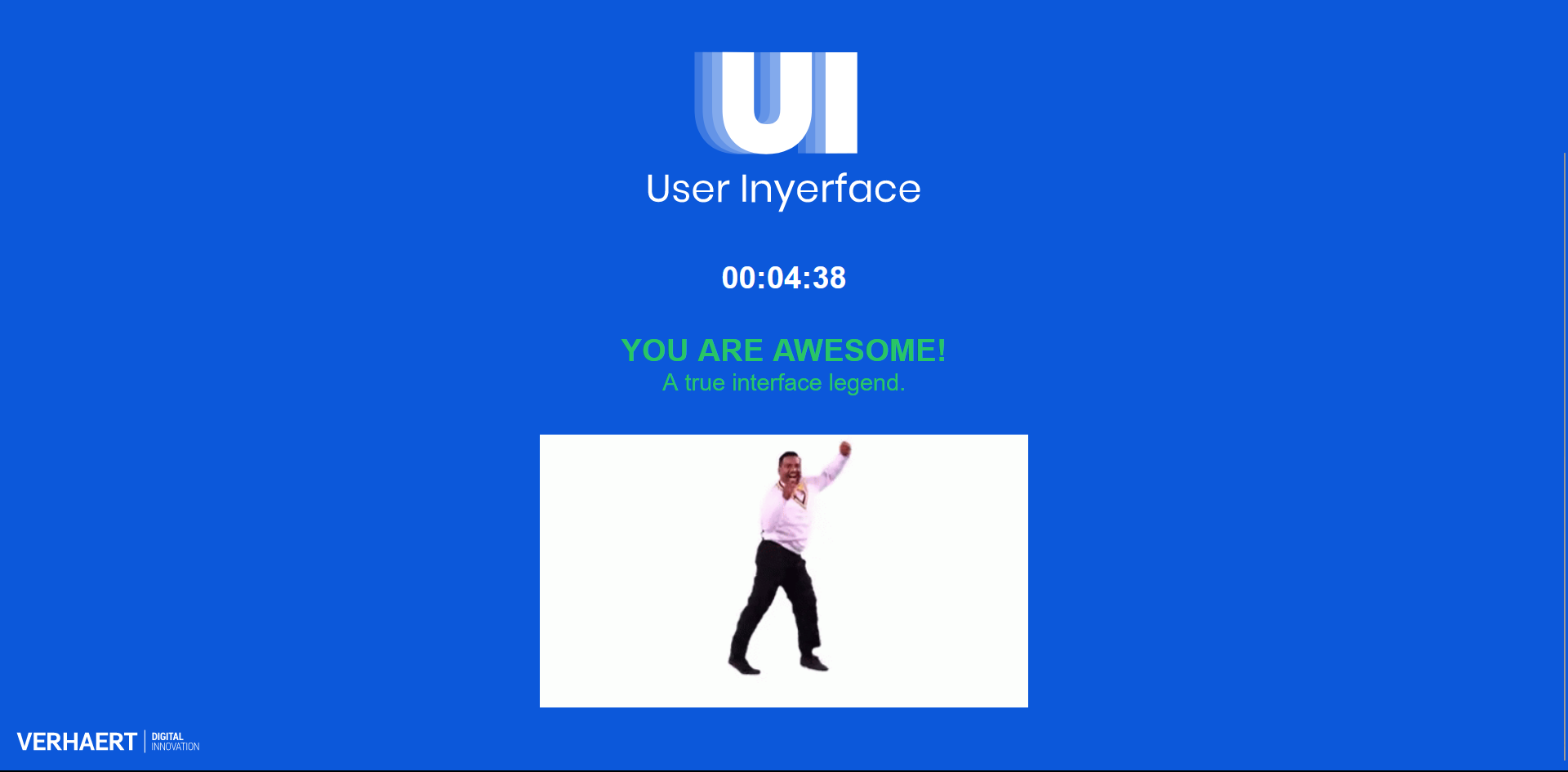Made with Visme Infographic Maker
Below is a link where you can access my infographic poster on Chatbots and Language Learning.
https://my.visme.co/view/n04xqn9z-didy-etec-540-final-project
References
Huang, W., Hew, K. F., & Fryer, L. K. (2021). Chatbots for language learning–Are they really useful? A systematic review of chatbot‐supported language learning. Journal of Computer Assisted Learning, 38(1), 237–257. https://doi.org/10.1111/jcal.12610
Kim, N.-Y., Cha, Y., & Kim, H.-S. (2019). Future English learning: Chatbots and artificial intelligence. Multimedia-Assisted Language Learning, 22(3), 32-53. https://doi.org/10.15702/mall.2019.22.3.32
Mohamed, S. S. A., & Alian, E. M. I. (2023). Students’ attitudes towards using chatbot in EFL learning. Arab World English Journal, 14(3), 15-27. https://dx.doi.org/10.24093/awej/vol14no3.2
Xiao, Y., & Zhi, Y. (2023). An exploratory study of EFL learners’ use of ChaTGPT for language learning tasks: Experience and Perceptions. Languages, 8(3), 212. https://doi.org/10.3390/languages8030212


